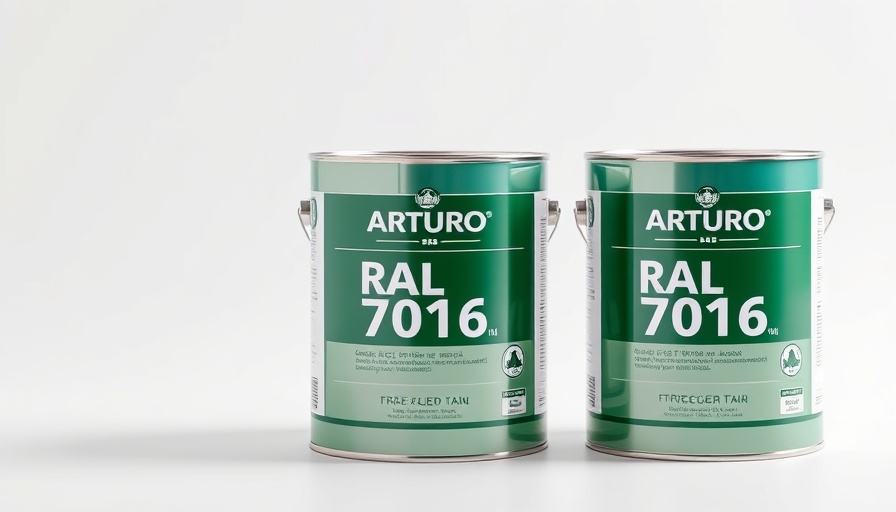
Introducing North America's First Certified Passive House Laboratory
In a significant leap towards sustainable building and innovative ecological research, the Warren Woods Ecological Field Station has become the first Certified Passive House laboratory in North America. Designed by OPAL for the University of Chicago's Department of Ecology and Evolution, this facility is poised to address critical ecological challenges amid the Anthropocene—a geological age defined by human impact on the Earth.
A Unique Design for a Changing Environment
The lab spans 2,400 square feet and is set on a 42-acre site in southwest Michigan. Its architecture features a long shed roof combined with expansive south-facing glass windows and customized, operable perforated-metal screens, all designed to regulate seasonal solar gain and minimize reliance on artificial lighting and climate control. This kind of design not only mitigates energy consumption but also represents a commitment to ecological harmony.
Advanced Features for Optimized Functionality
A standout aspect of the facility is its super-insulated concrete slab, which enables it to maintain stable interior temperatures year-round. The design reflects a perfect blend of aesthetic appeal and practical utility, with distressed cedar siding that integrates the building into its wooded surroundings. Moreover, the facility accommodates a fully equipped laboratory, seminar space, restrooms, and a small kitchen, making it a versatile hub for research and collaboration.
Scientific and Ecological Innovations for the Future
Positioned strategically, the laboratories are located in the cooler northwest corner of the building. This intentional layout helps offset heat generated by plant-growth chambers and extreme low-temperature freezers. Additionally, the facility features a full-building ventilation system that captures and recycles waste heat, further enhancing its energy efficiency.
Implications for the Construction Industry
As the construction industry increasingly turns toward sustainable practices, the Warren Woods Laboratory stands out as a hallmark of how advanced building technologies can be seamlessly integrated into design. Such innovations are not just beneficial for the environment; they also are appealing for cost-conscious businesses looking to reduce long-term operational expenses.
The Call to Action
For business owners, property developers, and facility managers, this pioneering facility exemplifies the future of construction and ecological research. By embracing sustainable building practices, your projects can achieve both cost-effectiveness and a positive environmental impact. Now is the time to explore how these practices can be integrated into your initiatives.
 Add Row
Add Row  Add
Add 




Write A Comment